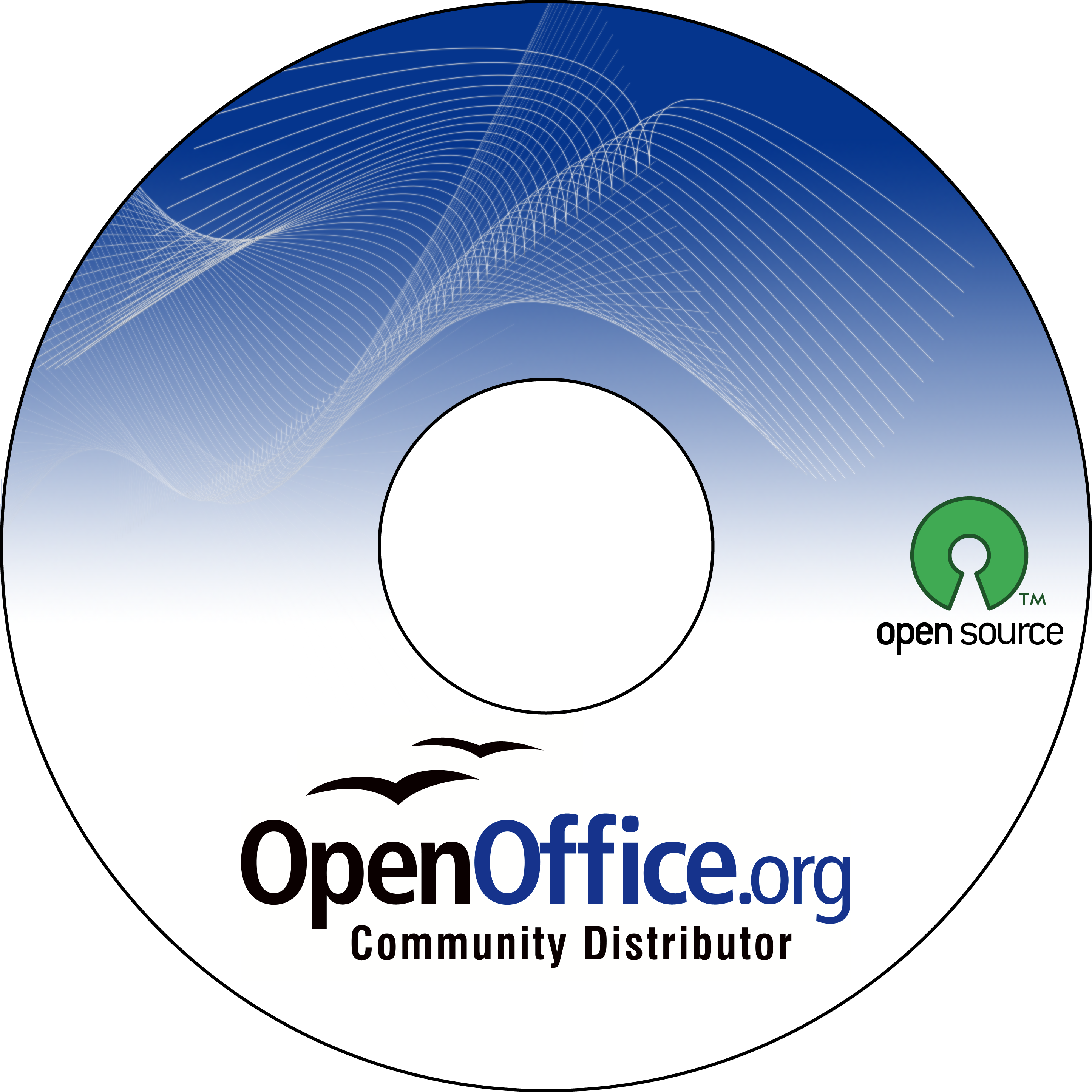Open source - a new strategy in software war




Programmers in the past used to share software routinely. Computer makers later equipped their products with these software, and customers customise the software with additional codes. Then came Bill Gates who set up Microsoft, a company which made standardised software, and made it much more affordable than investing money and time to develop additional codes individually. It marked the time when hardware become a commodity while software is the core product for many computer users. This was also the time when software war began.
However, software world becomes increasingly complicated then it was a decade ago. Nowaday, piracy is the biggest threat to software makers but a good news to end users. Software companies have invested billions of dollars to curb piracy by introducing more sophiscated protection in their products. Yet, it is unable to defy hackers who destroy the walls of protection that the companies have thrown most of their money in.
Why does such a big company like Microsoft with billions of capital and thousands of human power fail to crackdown on piracy?
Hackers work collaboratively across the borders of nations. The deep well of knowledge allow them to come up with a solution effectively. Whereas, Microsoft develops its software in a close manner, isolating itself from many elites over the world. The productivity hence is undermined. To classify, Microsoft adopt a proprietary way in promoting its products, while hackers do the work in open-source way.
In fact, open source becomes the main driving force in software world in 21st century. Three quarter of companies' servers are installed with Linux operating system.
Many big companies like Acer and IBM have switched their focus on Linux for its reliability and, most importantly, much lower cost. 90% of current 3-G mobile devices are also using modified version of Linux operating system.
IBM regards open source as an answer to how companies can stimulate growth and economic development while also cutting cost. By donating source codes to open community, IBM left the job to improve on the programmes to voluntary programmers over the world. As a result, the company not only cut cost in software research, but also able to possess different ideas from elites of the community. These ideas allow IBM to improve on their service in developing a reliable computer system. It can not be denied that Linux has far less bugs than that Microsoft Windows has.
Hence, open source has become a new strategy in software competition in providing reliable and
low cost computer system.

0 Comments:
Post a Comment
<< Home